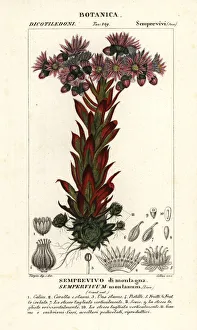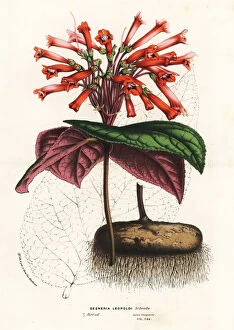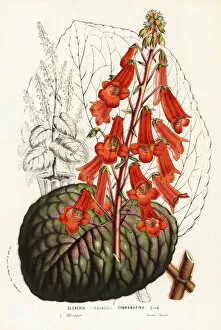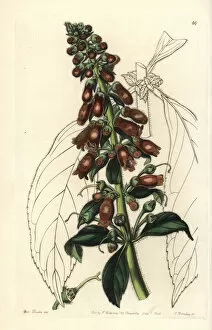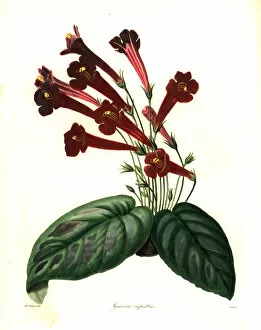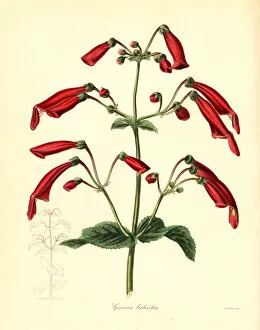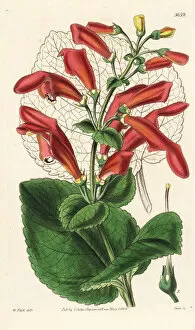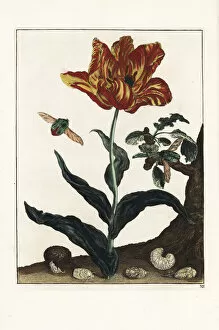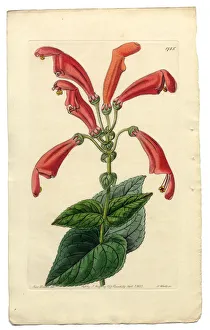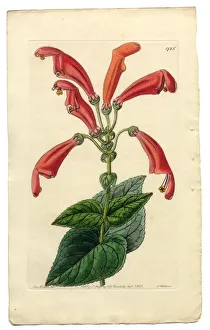Gesneria Collection
Gesneria, named after the renowned Swiss naturalist Conrad Gessner (1516-1565), is a fascinating genus of flowering plants that captivates botany enthusiasts worldwide
All Professionally Made to Order for Quick Shipping
Gesneria, named after the renowned Swiss naturalist Conrad Gessner (1516-1565), is a fascinating genus of flowering plants that captivates botany enthusiasts worldwide. With its diverse species and stunning blooms, it has become a beloved addition to gardens and collections. One notable member of this genus is the Liveforever or houseleek (Sempervivum montanum). Known for its ability to withstand harsh conditions, it symbolizes resilience and longevity. Another striking species is Leopolds gesneria (Gesneria leopoldii), which boasts vibrant orange-red flowers resembling temple bells (Smithiantha cinnibarina). Kohleria spicata showcases intricate purple blossoms that add an enchanting touch to any garden. Meanwhile, Rocky gesnera (Gesnera rupestris) displays delicate pink petals against lush green foliage, creating a picturesque scene. The Brick-coloured gesnera (Gesnera lateritia) features deep red flowers reminiscent of bricks in color. Elongated gesneria (Gesneria elongata) stands out with its elongated tubular blooms in various shades of pink and purple. Gesneria tuberosa surprises with its unique tuberous roots and exquisite yellow-orange flowers. Intriguingly patterned Gesnaria fascialis exhibits distinct facial markings on its petals, resembling intricate masks. These captivating patterns are akin to the mesmerizing beauty found in nature's artistry. The Victorian Botanical Illustration from 1835 showcases the Wide-Mouthed Gesnaria Faucialis in all its glory—a testament to how these plants have fascinated humans for centuries. As we admire these botanical wonders, let us not forget the role insects play in their pollination process. A Rose beetle (Cetonia aurata) perched upon a tulip reminds us of the delicate dance between flora and fauna, ensuring the continuation of life.



